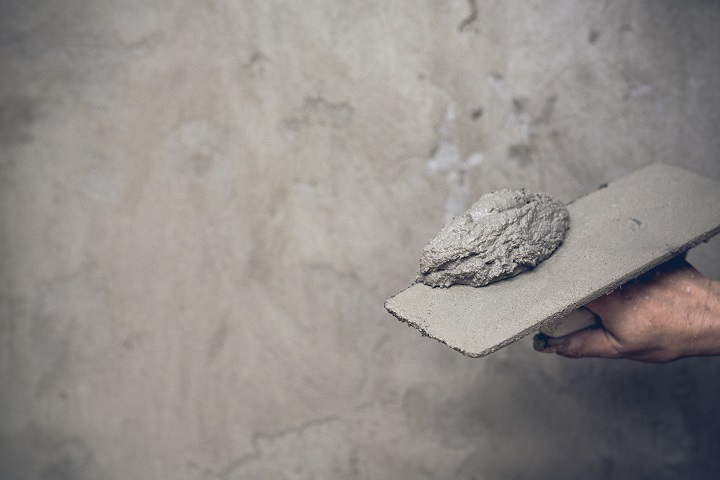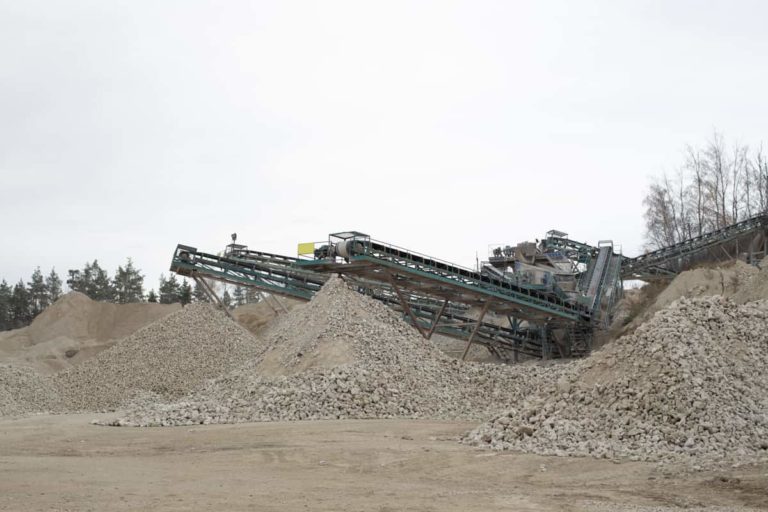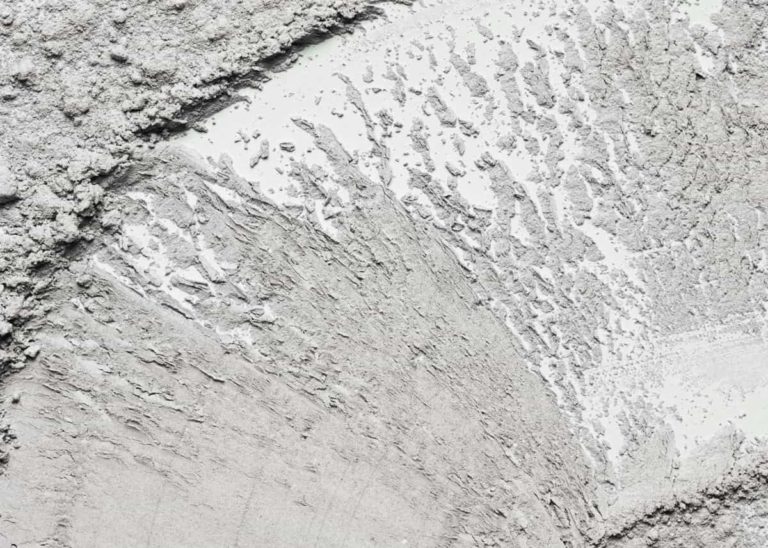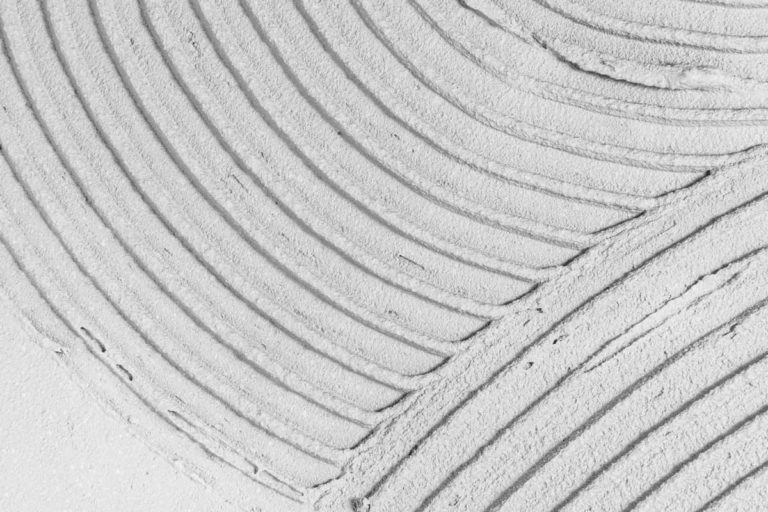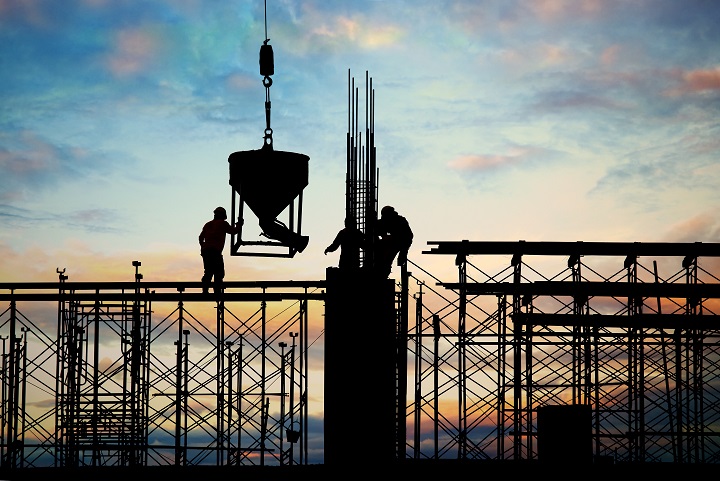What is the Setting Time of Cement?
Cement is an inseparable part of every construction project. It acts as a binding material that holds the framework of a structure in proper shape. Cement is a powdery substance that starts reacting after getting into contact with water. The reaction is commonly known as the hydration process. Once cement gets into contact with water, it should be used within a specific time. Otherwise, the cement will start to get hardened, and it will not be possible to use it. An individual should be aware of many different aspects of cement before starting to work with cement. Being aware of the setting time of cement is a crucial factor in any construction project. Because without proper knowledge and handling tactics, wet cement can cause a lot of headaches on a construction site.
What is the Setting of Cement?
Cement has a variety of properties. It starts reaction with the tiniest amount of water and starts the hydration process. So, it is essential to follow precautions to transport cement to construction sites. The cement bags are prepared before making the cement paste by mixing it with water. After the water is mixed with cement, it starts to get into a plastic state for a few minutes. The cement can be molded into any required shape during this period due to its plasticity. However, the reaction process does not stop in the meantime. After a while, the cement paste loses its plasticity and gets hardened. Once the cement gets hardened, it is impossible to shape it according to your desires. So, the conversion of plastic state cement into a hardened and rigid mass is known as the setting of cement. And the time required for this whole process to take place is the setting time of cement.
The conversion process can take a few minutes to hours or even more. The setting time of cement can depend on many factors, including internal and external ones. It can depend on the type of cement, fineness, composite materials, sand, ambient temperature during casting, the presence of different types of salt where the cement paste is applied, the percentage of water, etc. For instance, the setting time of cement is comparatively quicker in the winter season or in cold climates due to low temperatures. After setting of cement, it is regarded as a complicated chemical phenomenon that completes in three major stages:
Hydrolysis and Hydration Stage
It is the first stage cement enters after getting into contact with water. In this stage, four cement compounds (C3S, C2S, 3CA1, 4CAFe) get hydrated. C3S compound creates a complex hydro silicate in the hydration process.
Consolidation Stage
The products produced in the first stage start to get separated in the consolidation stage. As the name suggests, the cement starts to consolidate in this stage. The compounds create the form of a gel, which gets gradually thickened and acts as the binding material or glue around other objects. Hence, the actual setting of cement begins in this stage. The mortar becomes fully saturated in this stage and cannot consume any more water.
Crystallization Stage
Most of the gel material or colloidal state transforms into a crystalline state in the final stage. Compounds like tricalcium hydro aluminate and calcium hydroxide enter the stable crystalline phase. The calcium hydro silica gel also gets hardened almost simultaneously with the first two materials. This process continues and creates the rigid and robust cement structure we usually see during construction.
Source: The Constructor
Setting Time of Cement
Some types of cement can be set very quickly, and some require a very long period. However, the initial setting time of Ordinary Portland Cement is around 30 minutes. The setting time of cement is divided into two portions. These are-
Initial Setting Time
The cement’s initial setting time indicates when the cement paste starts to lose its plasticity. For instance, if the initial setting time of cement is 30 minutes, the cement mortar or concrete must be placed in the desired position within 30 minutes of adding water. If any delay is observed more than the initial setting time of cement, then it will start to lose its strength. Suppose the delay happens due to some unavoidable reasons. In that case, the cement paste should be counted as waste, or more cement can be applied to the paste depending on the delay period.
Final Setting Time of Cement
The final setting time of cement refers to when the cement paste completely loses its plasticity. The cement hardens appropriately within the final setting time and takes up the shape in which it is cast. The form or scaffolding can be removed after the final setting time. The cement is hard enough to touch or place objects on in this period.
Influencing the Initial and Final Setting Time of Cement by External Measures
The cement’s initial and final setting time can be controlled by adding admixtures. Many types of admixtures are available in the market. These mixtures can delay the initial and final setting time of cement. Sometimes, 30 minutes of initial setting time is too little to work with, especially in large construction projects. The cement starts its hardening process before the casting is done appropriately. So, admixtures can be applied to help prolong the initial setting time. By delaying it, workers can get ample time to pour cement in the form or apply the mortar for plastering work.
Similarly, the final setting time can be influenced through admixtures. It provides control over the hydration process, which is crucial for hardening cement. Sometimes, quicker hardening can also aid the construction work. Admixtures are helpful in emergency repair work where cement must harden quickly to support the structure.
Which Factors Can Influence the Setting Time of Cement?
The required time for the setting of cement depends on various internal and external factors. Some of the key reasons are listed below:
- Temperature can significantly influence the setting time of cement. Cold temperatures can retard the time of setting.
- The ratio of water in the cement can influence the setting time. Water should be applied according to the standard ratio for the hydration process to complete correctly. Adding less water will result in inadequate hydration, and too much water can bleed out cement.
- The humidity of the place can also impact the setting time of cement.
- The composition materials of cement and the gypsum content in cement impact the setting time of cement.
- Fineness and curing method of cement influence both the initial and final setting time of cement.
- The age of cement and storage quality can also impact the setting time of cement.
How is the Hardening of Cement Different from the Setting of Cement?
Hardening is an entirely different thing from the final setting of cement. For instance, a needle can be inserted in both the initial and final cement settings. But after it hardens, this process cannot be recreated. The shrinkage cracks formation entirely goes off after pouring cement. When load application cannot make any more cracks is known as the hardening of the cement. Hence, it may require only a few minutes or hours for the cement to set, but it may take days, weeks, months, or even years before the cement is sufficiently hardened.
Significance of Initial and Final Setting Time of Cement
It is essential to realize what cement category you are using for your project. The setting time of cement can influence the working capacity of laborers. Here is a list of essential factors that should be considered.
- The cement mustn’t lose its plasticity too early or too late. If cement goes into final settling too early, there will not be enough time to transport and place cement.
- If the cement sets too late, then it can create a delay in the construction work. Furthermore, the cement or concrete mixture might not get proper strength if the formwork removal process is delayed.
- Appropriate setting of cement determines proper stiffening of the cement paste to standard consistency.
- The final setting time of cement is carefully observed for the safe removal of scaffolding or form. Sometimes there is a limited number of scaffoldings on a construction site. One part is used in different sections. So, if the final setting time of cement is too late, it can increase the construction cost or delay the pace of the work.
The Initial and Final Setting Time of Different Types of Cement
There is different types of cement available in the market. Choosing the best type of cement for different aspects of your construction project increases the efficiency and effectiveness of the work. Here is a list of setting times of cement for different types of cement.
| Type of Cement | Initial Setting Time in Minutes (minimum) | Final Setting Time in Minutes (maximum) |
| OPC 33 Grade | 30 | 600 |
| OPC 43 Grade | 30 | 600 |
| OPC 53 Grade | 30 | 600 |
| PPC | 30 | 600 |
| Sulfate Resisting Cement | 30 | 600 |
| Rapid Hardening Cement | 30 | 600 |
| Portland Slag Cement | 30 | 600 |
| Masonry Cement | 90 | 1440 |
Source: Civiconcepts
Summary
Construction is a complicated process that brings together different kinds of workloads under a single umbrella. Every aspect of the construction project must be in sync with others to maximize the efficiency of the work. Any mismanagement or mishandling of small-scale work can severely hamper the working environment and increase the project’s costs. The initial and final setting times of cement are two of the significant aspects of working with cement. Controlling the time by adding admixtures and delaying according to convenience builds a more straightforward working method. It is also essential to use cement from reputed brands that ensure the standard initial and final setting time of cement. Mir Cement is one of the frontiers of cement brands in Bangladesh that promises international standard quality. Mir Cement goes through rigorous testing to ensure it adheres to the industry standard-setting time of cement.
Frequently Asked Questions (FAQs)
What is the setting time of the cement tested?
Ans: Vicat Apparatus is commonly used to determine the cement’s initial and final setting time.
What should be the minimum initial setting time of cement?
Ans: The initial setting time of the cement should not be less than 30 minutes.
Is there any difference between the setting time of OPC and PPC?
Ans: Generally, there is no difference between the setting time of OPC and PPC.
How to reduce the setting time of cement?
Ans: Some admixtures allow the cement to set earlier than it would typically do. Adding Calcium Chloride can reduce the setting time of cement.
Which chemical increases the setting time of cement?
Ans: Adding Calcium Sulfate and Gypsum can increase the setting time of cement.

